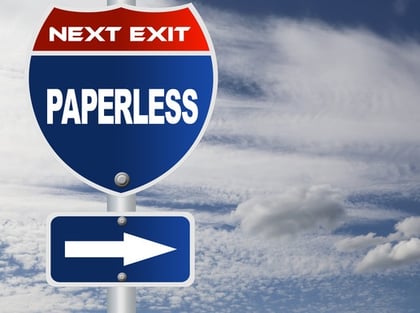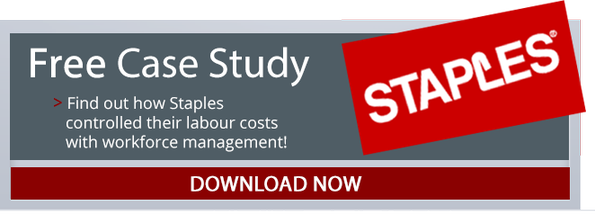 Many businesses have touted "going paperless" but in day-to-day operations, that statement is often less than factual. Employees still print out spreadsheets and memos, customers still want paper receipts and contracts, and managers still do most of their daily tasks using forms and printed documents. So is the paperless office really an achievable dream or is it an exercise in futility? Consider these challenges that paperless environments face and whether you're ready to tackle them in your own workplace.
Many businesses have touted "going paperless" but in day-to-day operations, that statement is often less than factual. Employees still print out spreadsheets and memos, customers still want paper receipts and contracts, and managers still do most of their daily tasks using forms and printed documents. So is the paperless office really an achievable dream or is it an exercise in futility? Consider these challenges that paperless environments face and whether you're ready to tackle them in your own workplace.
Gaining Employee and Customer Buy-In
A business can't just unilaterally announce they are going paperless. Employee and customer buy-in is essential to the process because if either party doesn't embrace paperless processes, the business won't be truly paperless. Education and accessibility is critical to implementing a paperless workplace. Customers and employees need to be educated on why the paperless environment benefits them directly and how they can better access information through it. Employees need to understand where they can find the right documentation quickly and effectively while customers need to receive paperless documents on their terms. Without training and education, the same documents will be distributed, even if you call your workplace "paperless."
Additional Auditing Required
While a paperless workplace leads to less clutter, that doesn't mean there's less work. Maintaining a system that accurately, efficiently, and securely stores company information requires upfront capital and ongoing maintenance. In addition, auditing is often required to ensure that data is being stored appropriately, taking company time in the process. When companies consider going paperless, they also need to formulate how they will ensure that their new system is working appropriately over the course of the year. Without a rigorous auditing system to ensure that paperless documentation is being stored and received appropriately, a truly paperless workplace isn't achievable.
Better Access a Must
Many industries have eschewed the paperless model not because of security or cost, but because of access. For a paperless workplace to excel, it requires an increase in employee-accessible hardware and software. In an office setting, each employee may have the ability to access paperless documents but in a warehouse or assembly line, that paperless process may not be cost-effective or necessary. The cost of training employees whose job has nothing to do with computer technology can be costly and difficult. When considering whether to transition to a paperless office, managers need to consider whether their staff and their equipment are prepared for that change.
More Savings, Better Documentation
While there are some drawbacks to going paperless, the savings of a paperless work environment can't be beat. Not only do businesses spend less in office supplies like paper and printer ink but they also save money on costly document storage. Since more documents can be stored on a cloud-based system, businesses can also save money in the long run by having virtually limitless access to past documentation. In terms of savings, the upfront costs to implementing a paperless office are quickly offset by the savings found from eliminating office supplies and document storage.
Paperless workplaces can be all they're cracked up to be, if you have the right environment and the right resources. Businesses who assume a few pieces of software will create a paperless environment will be doomed to failure while businesses who dedicate the time and resources to training and education will reap all the benefits. Ultimately, paperless may be the future of business, but today it needs to be implemented cautiously and carefully for maximum effectiveness.
